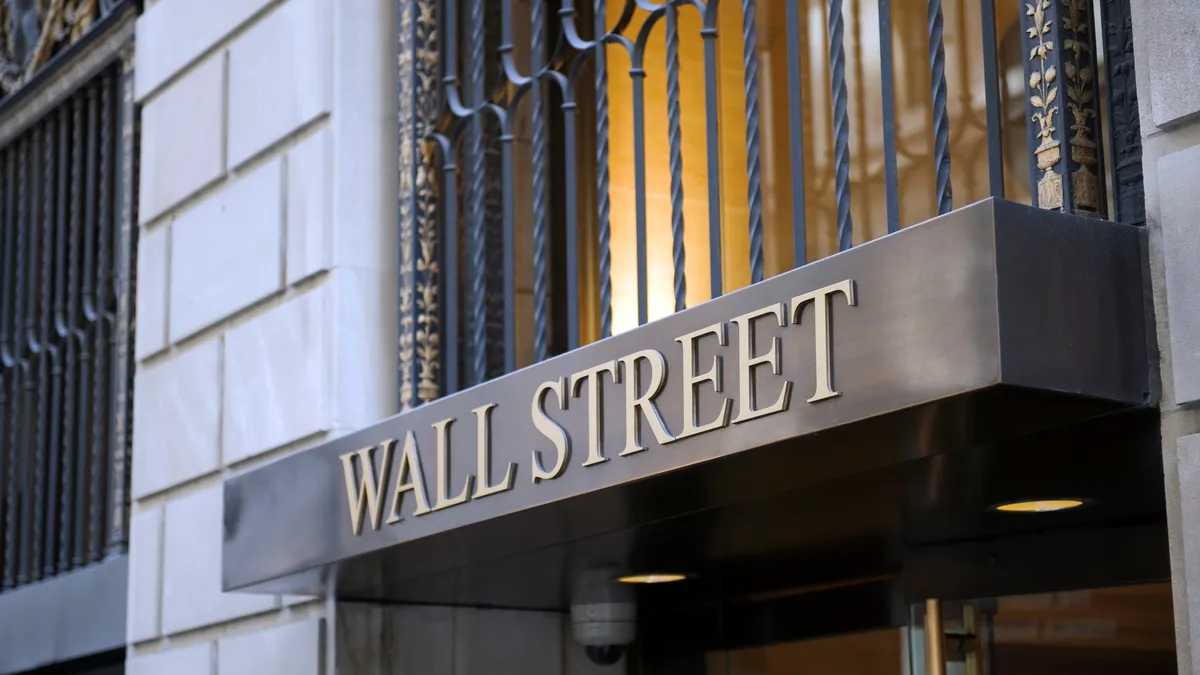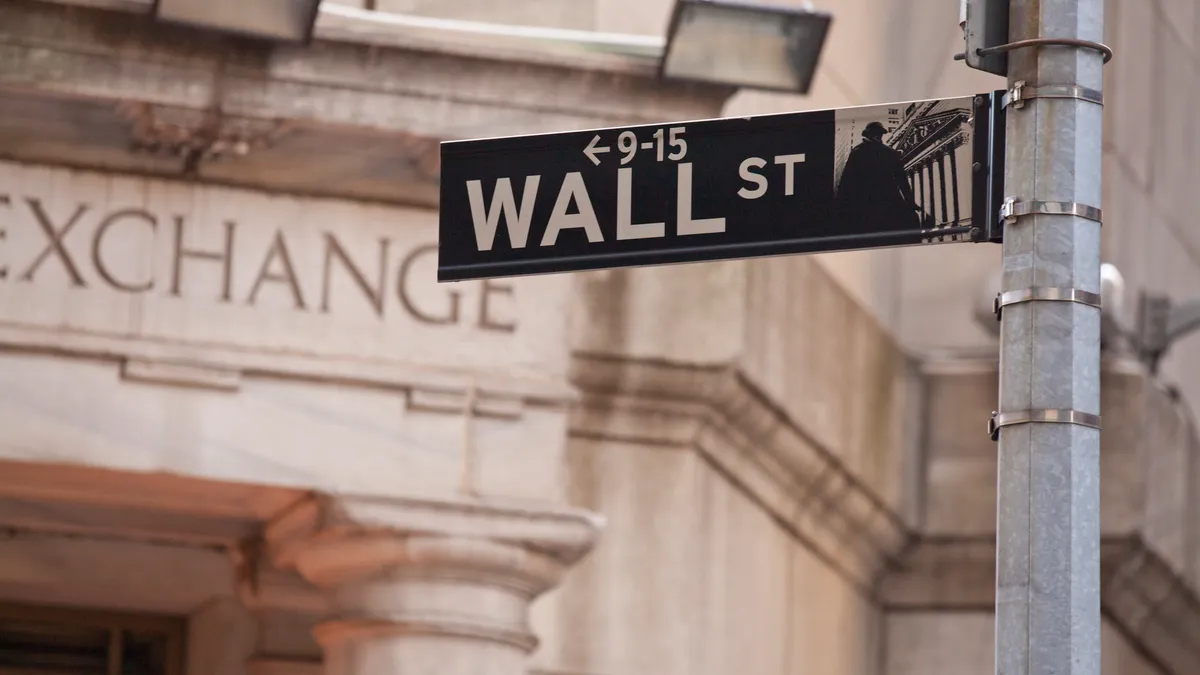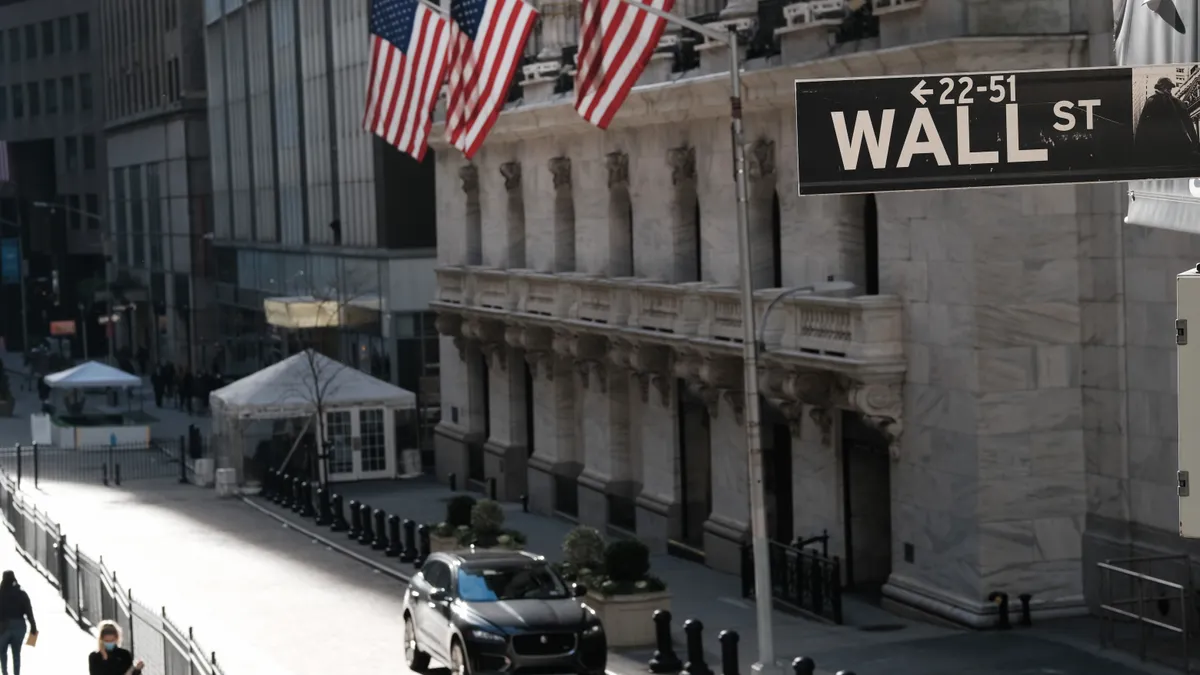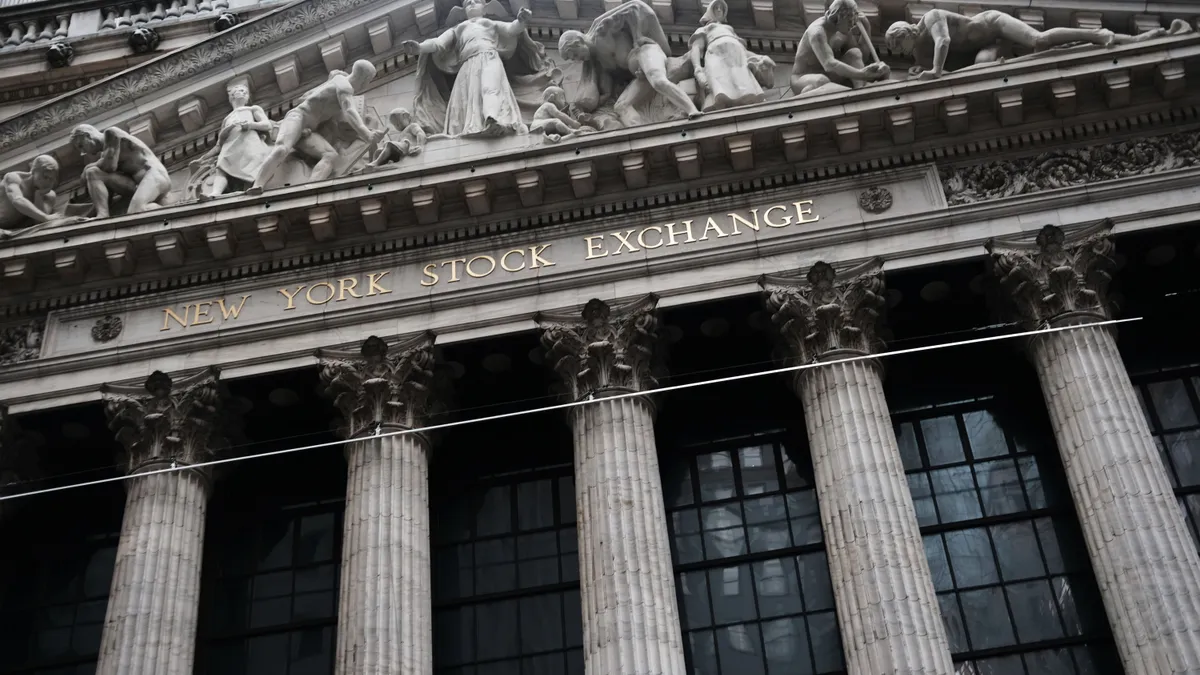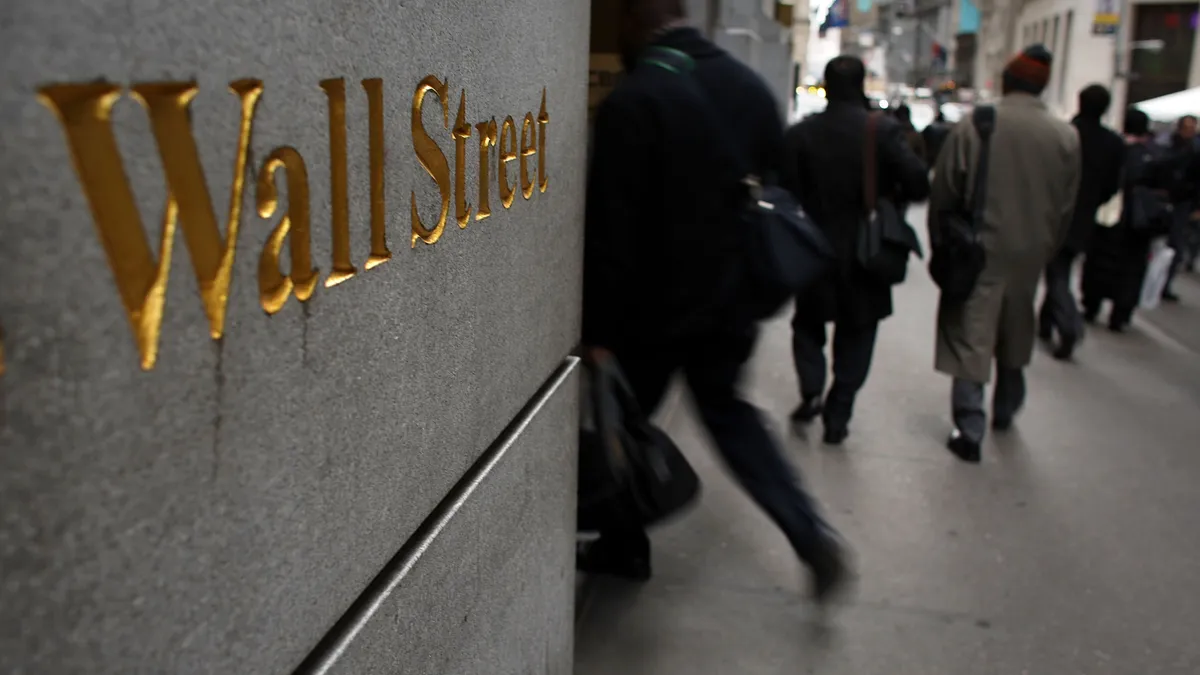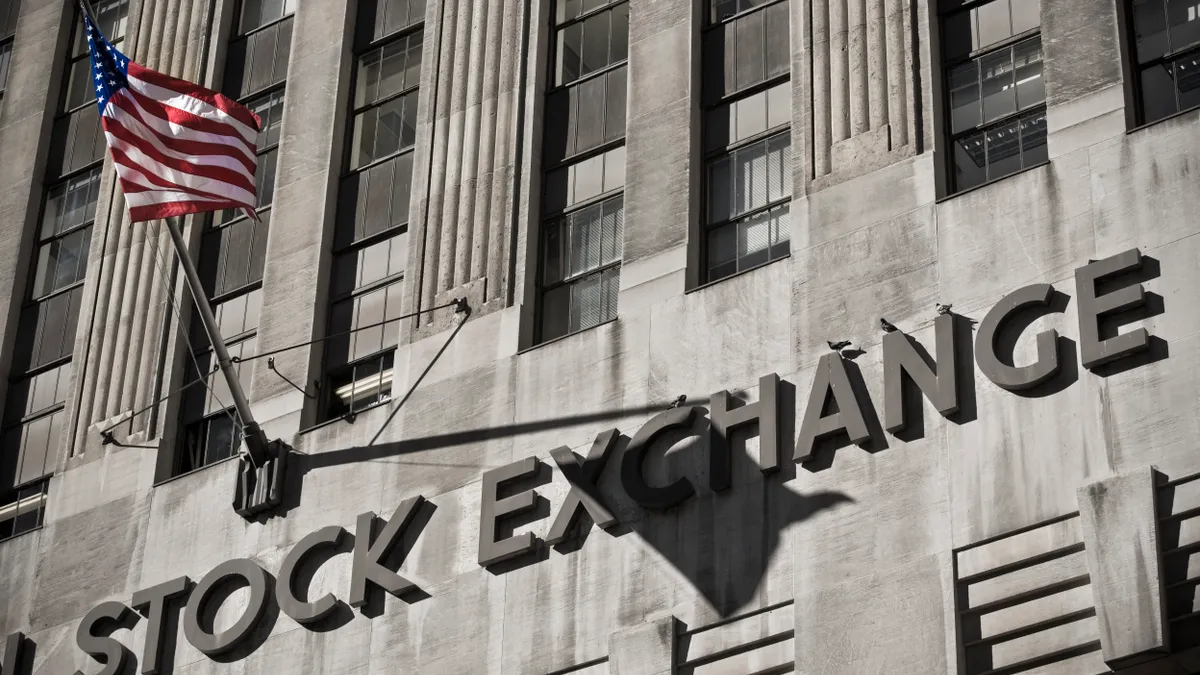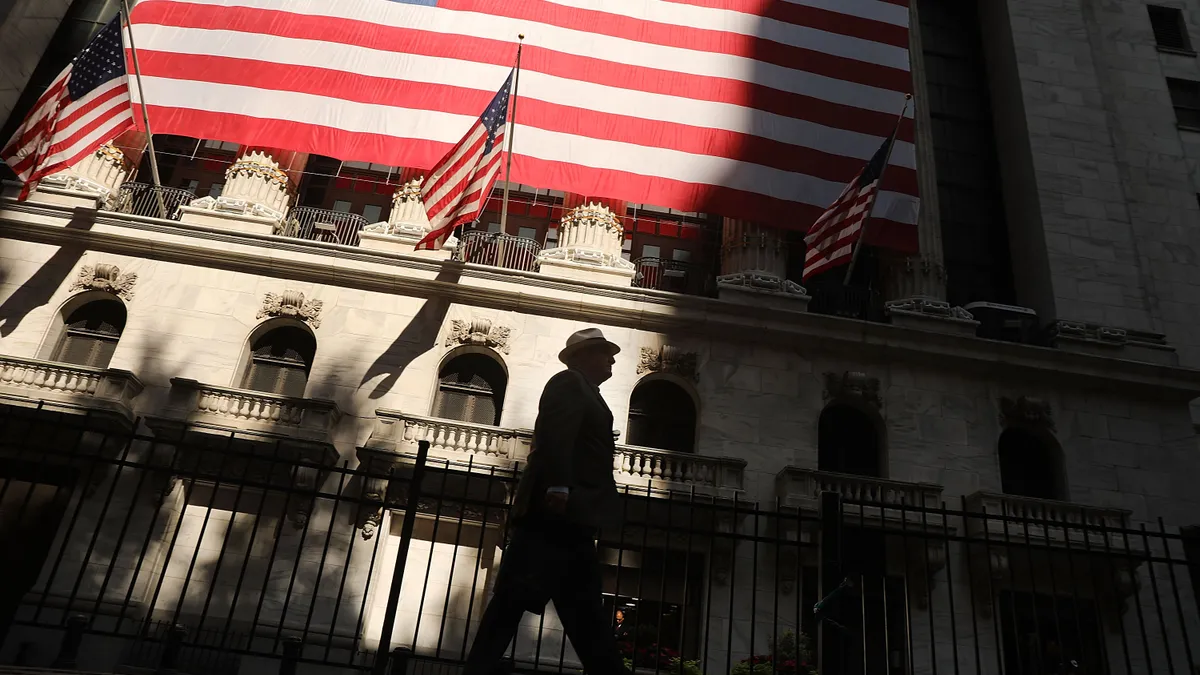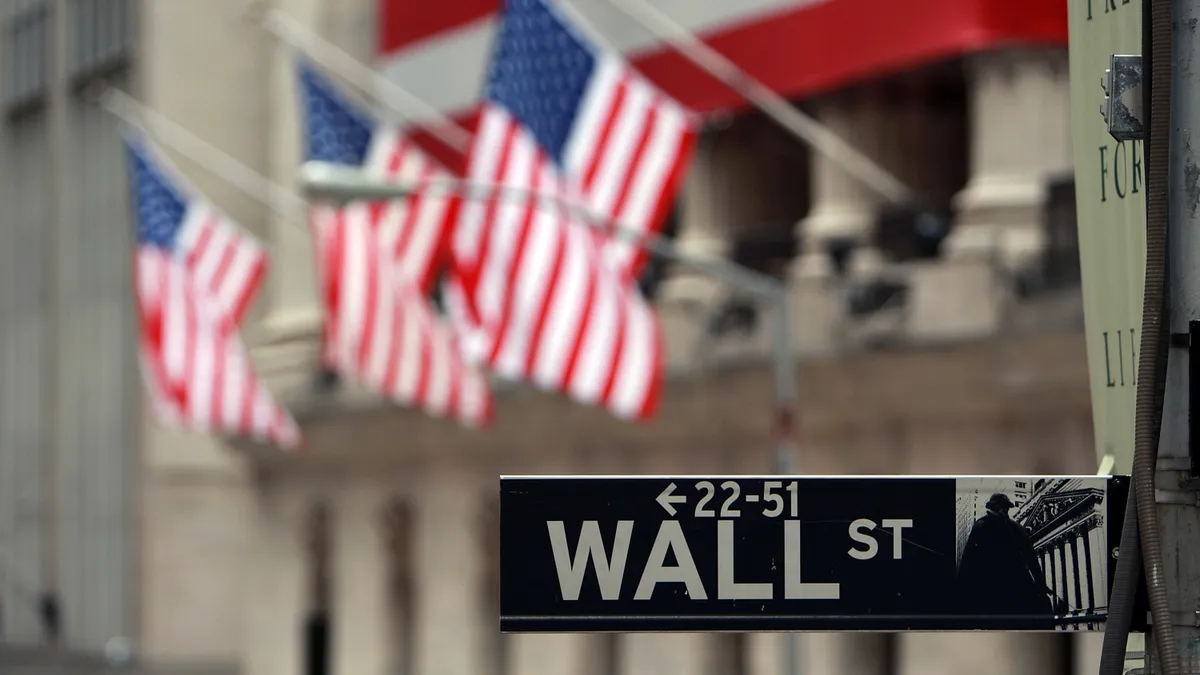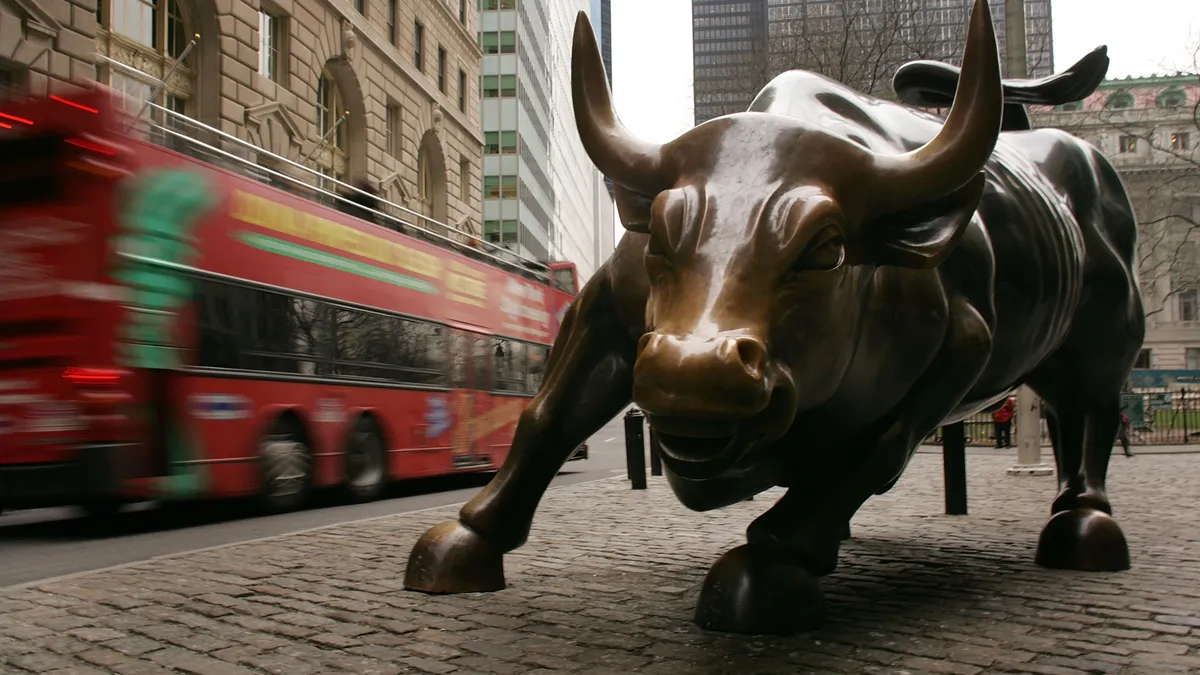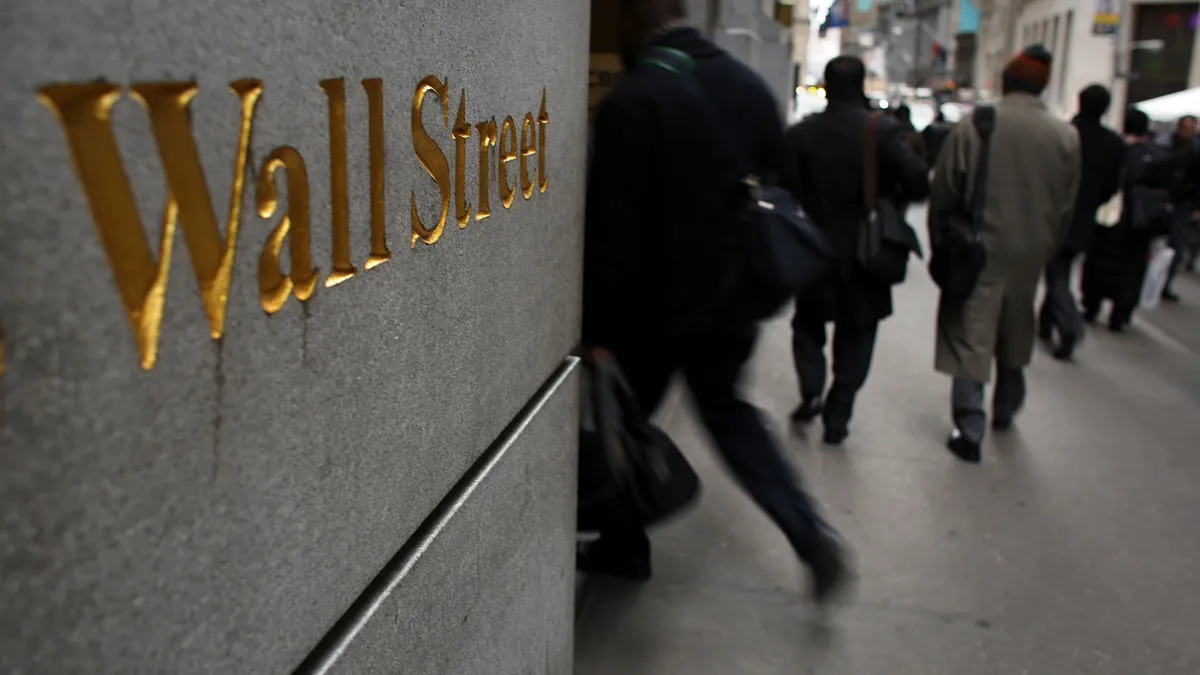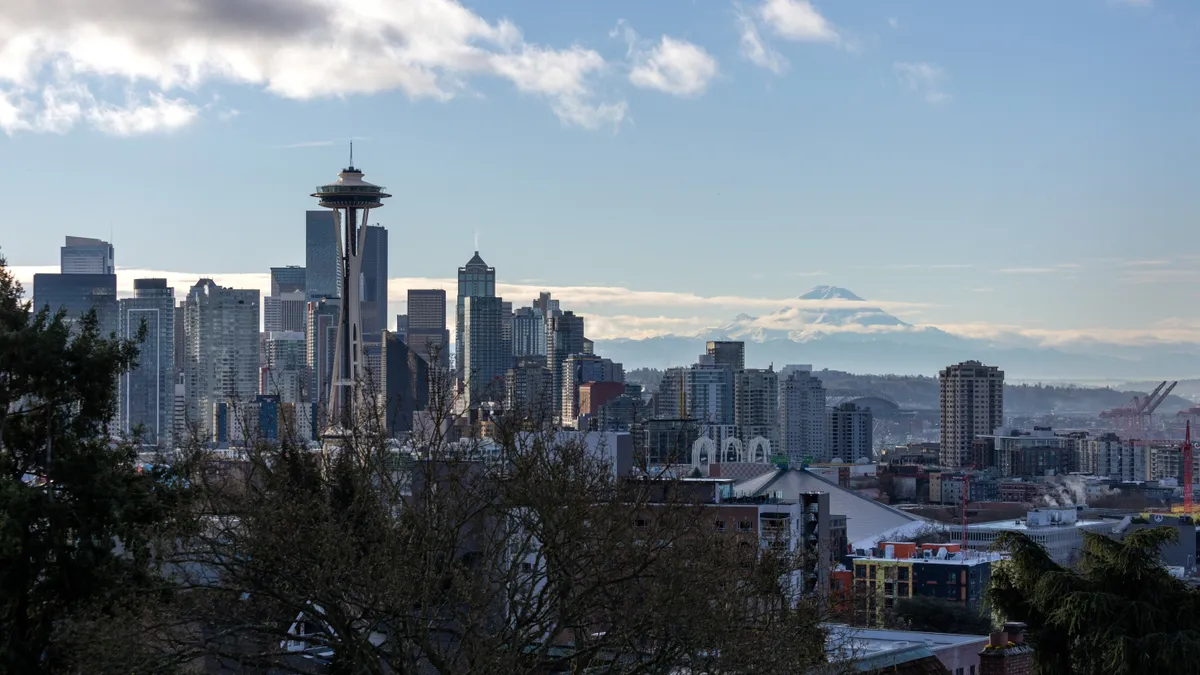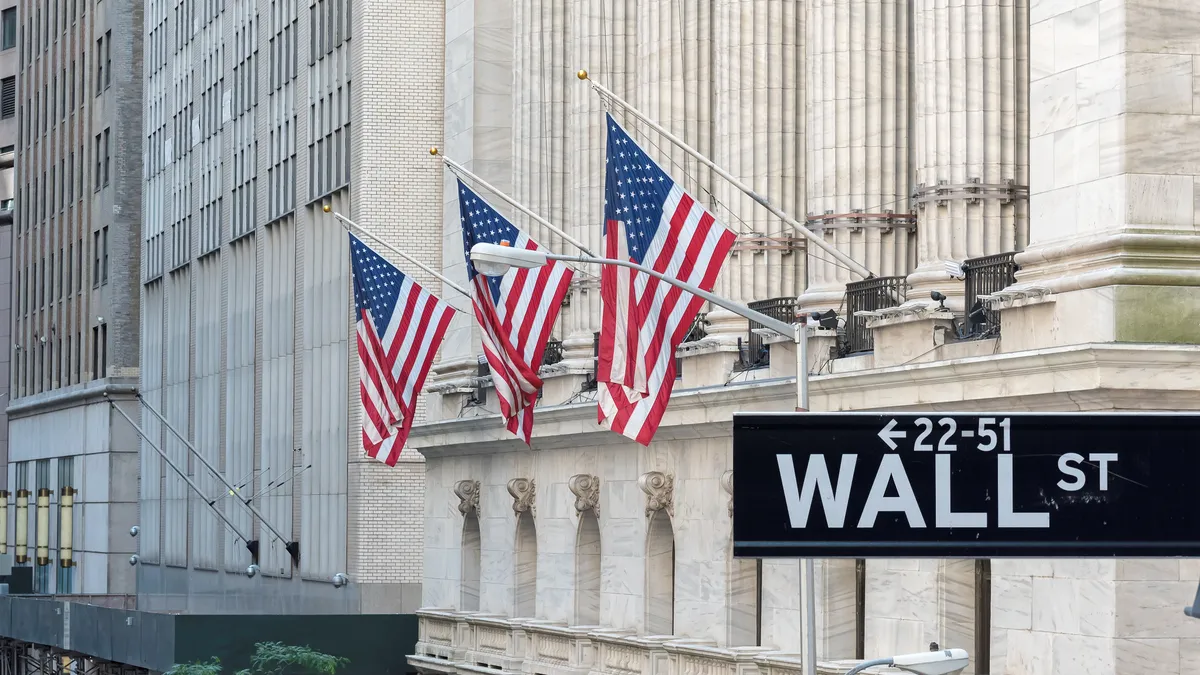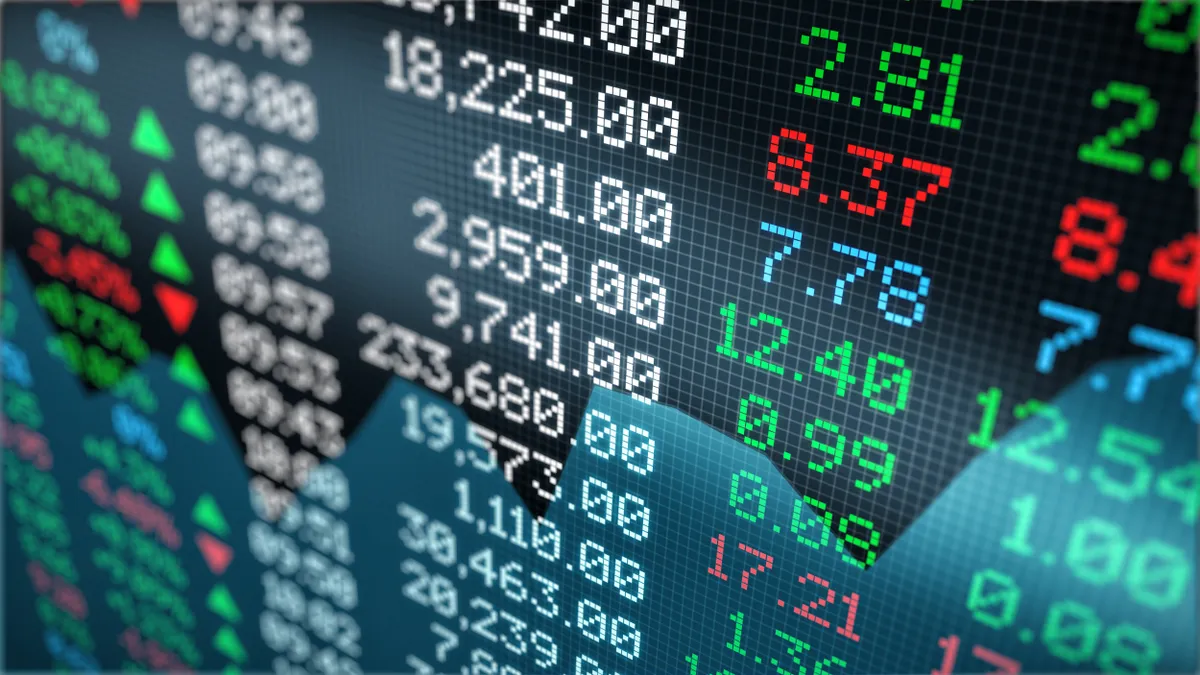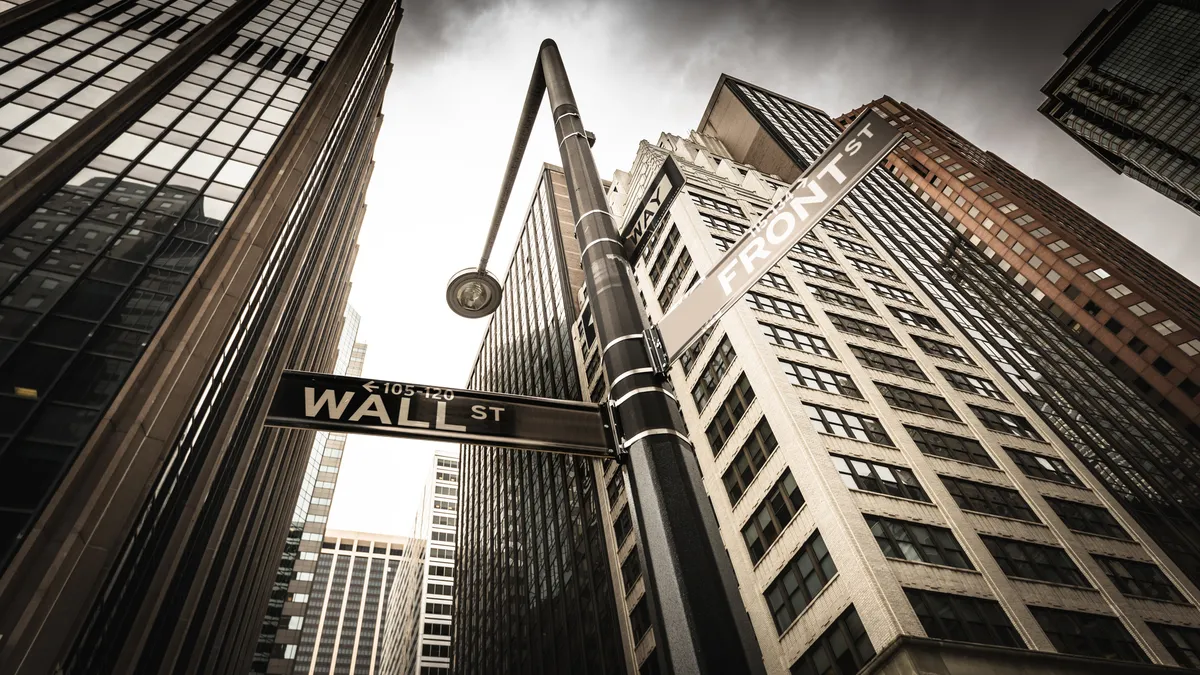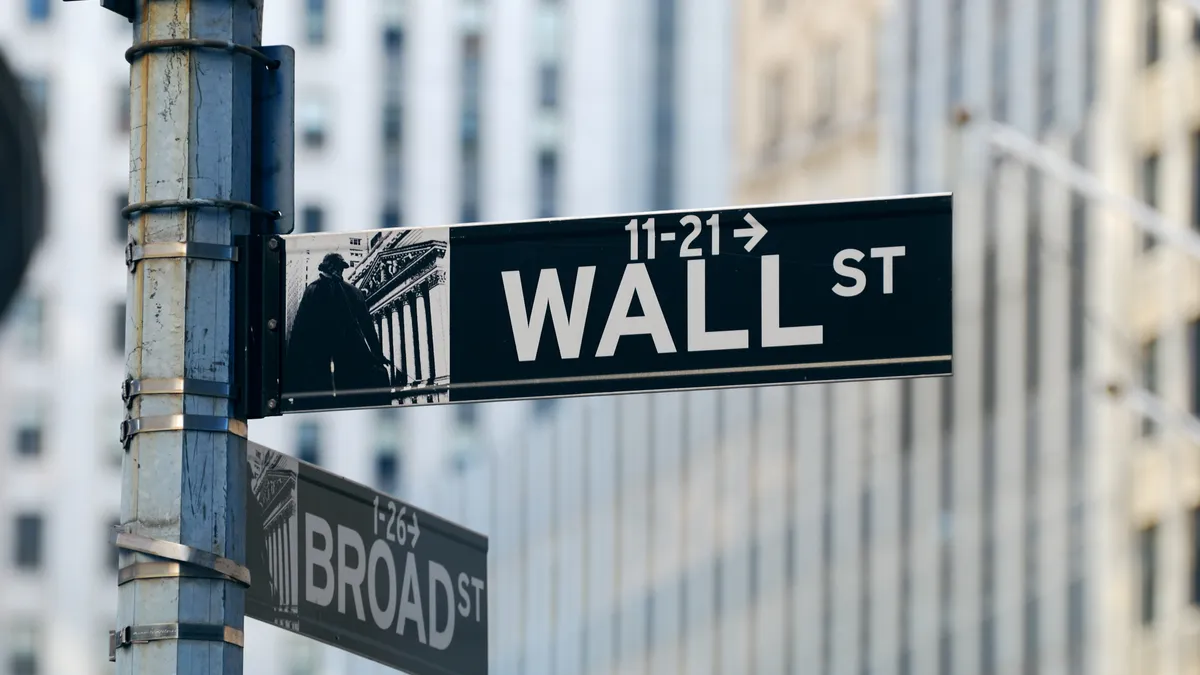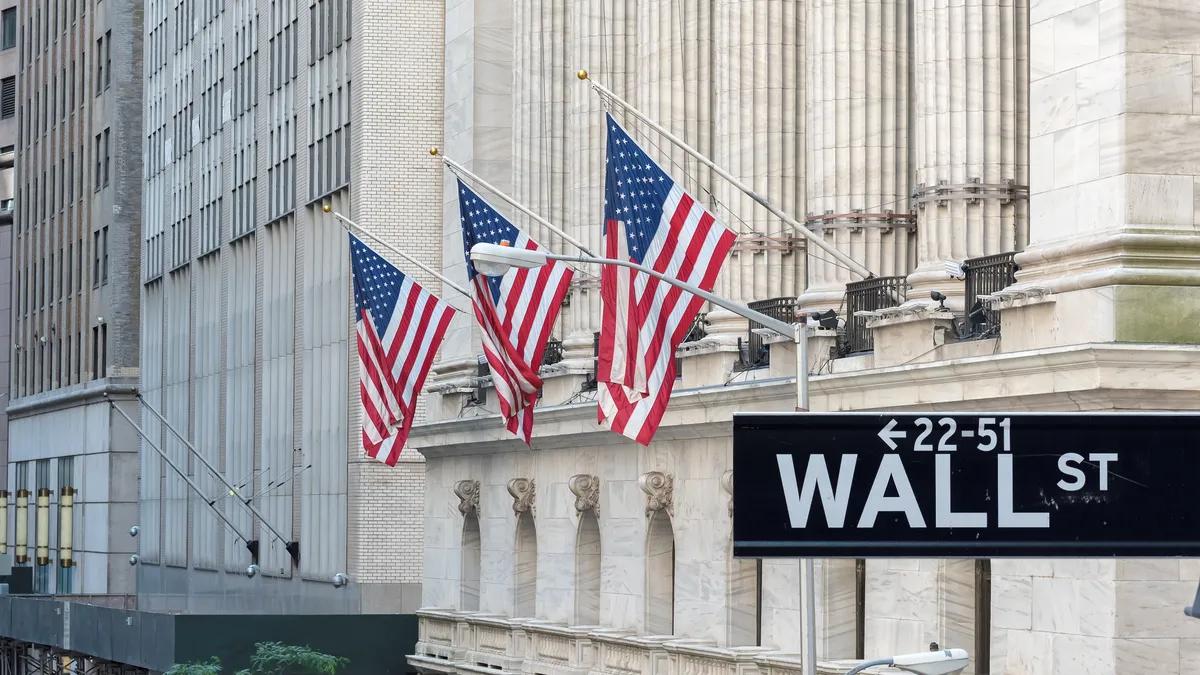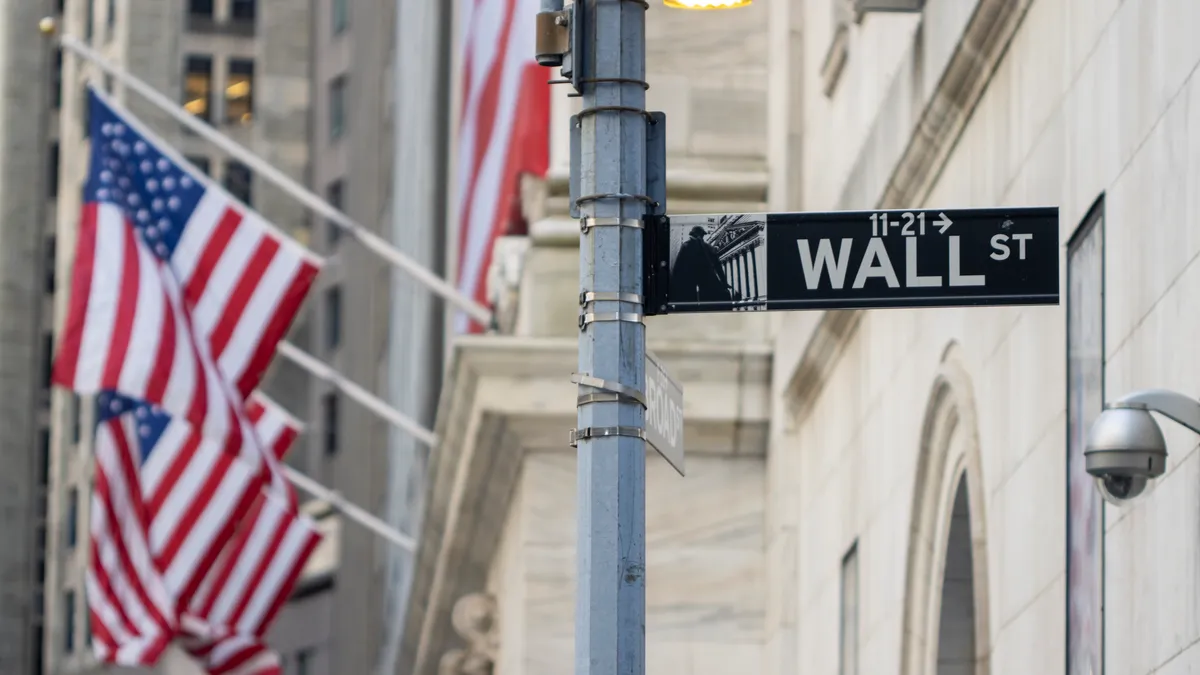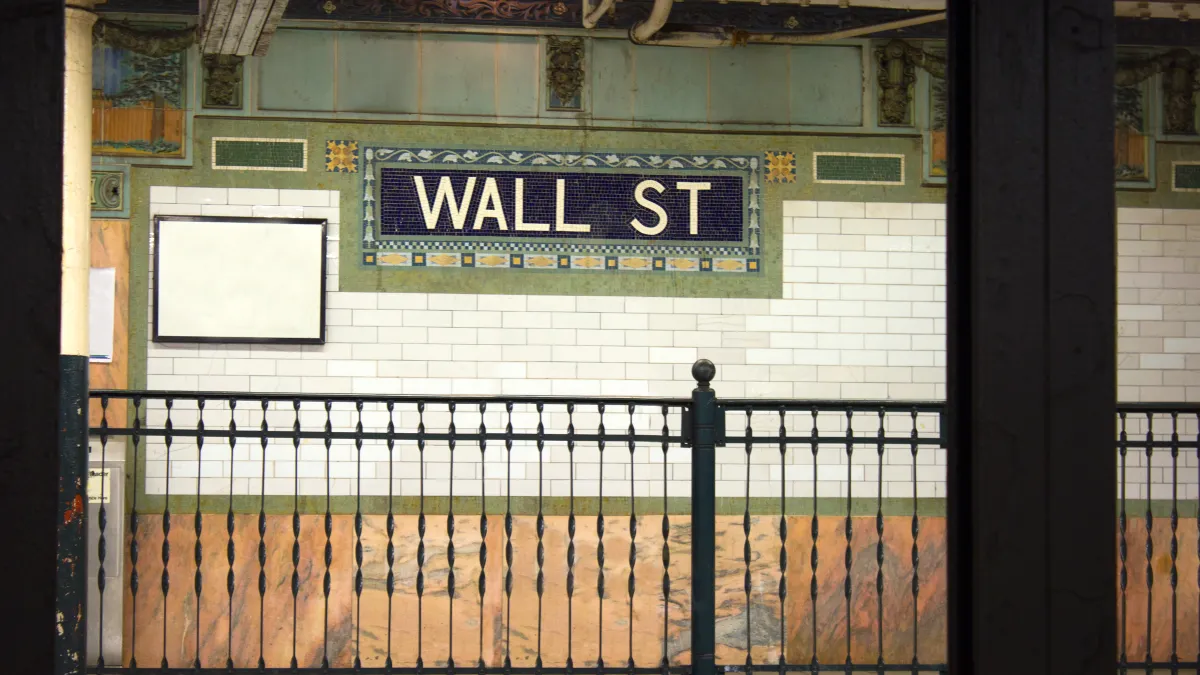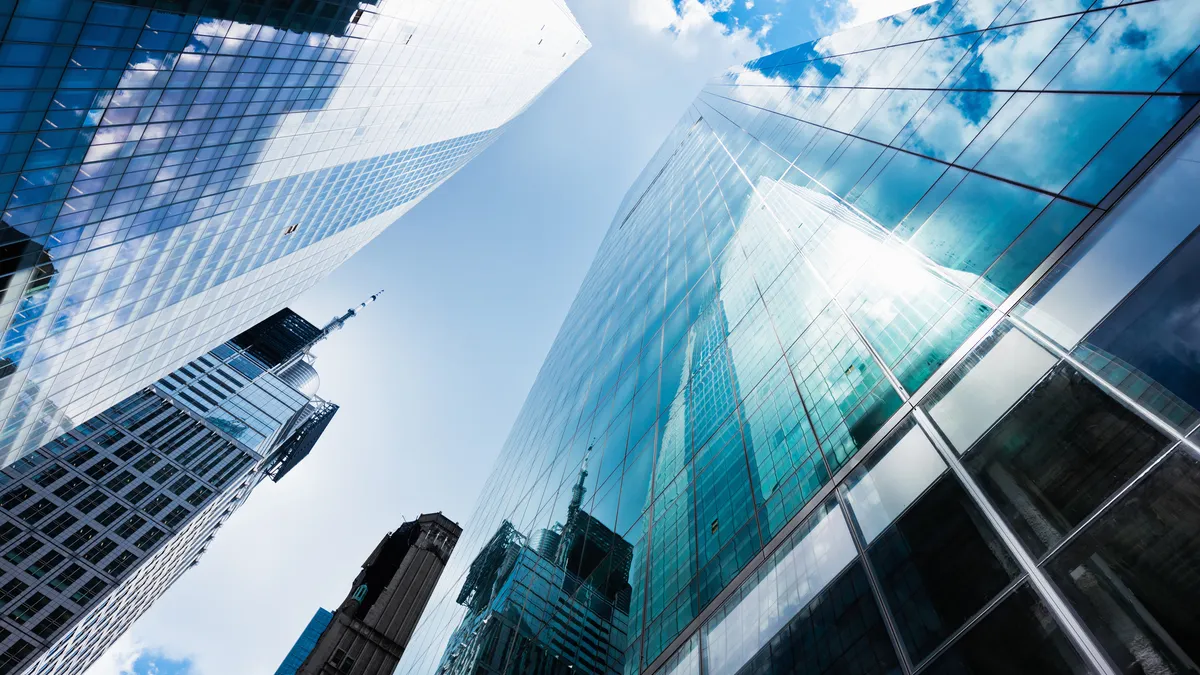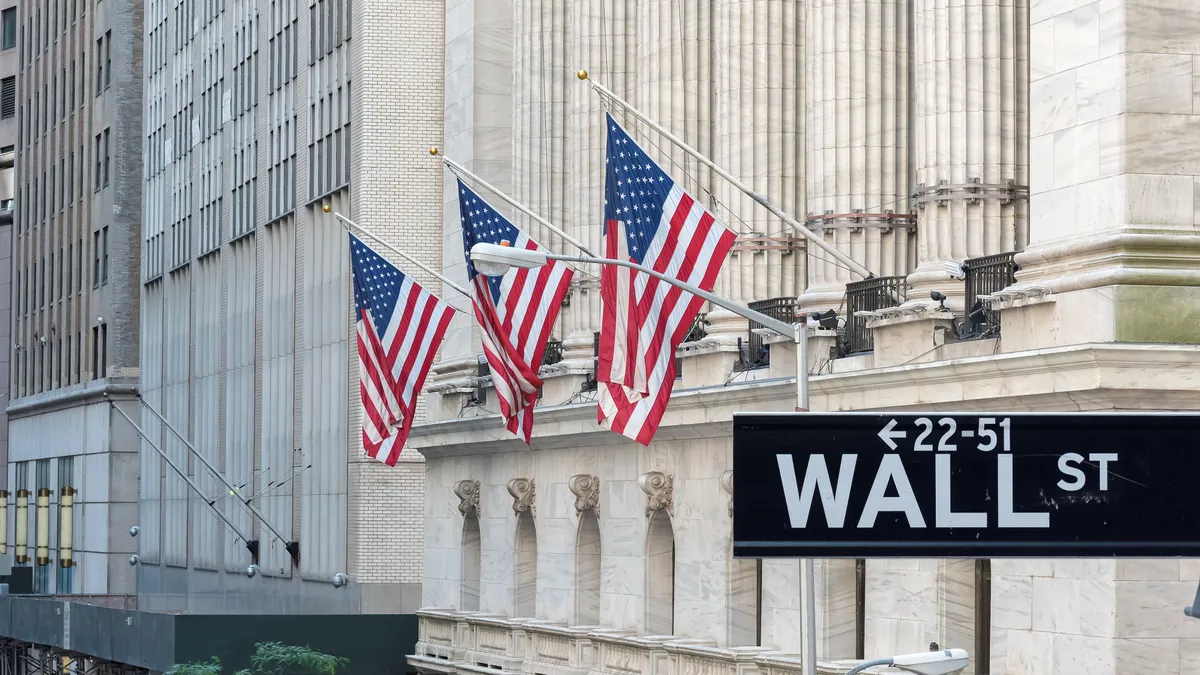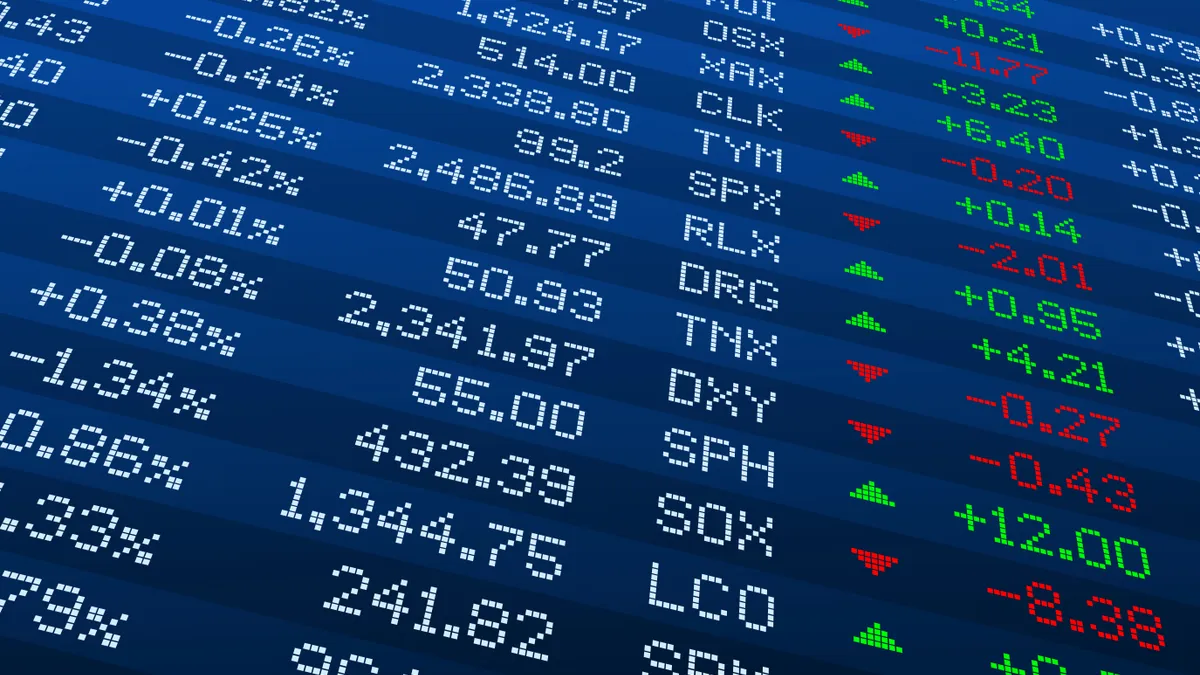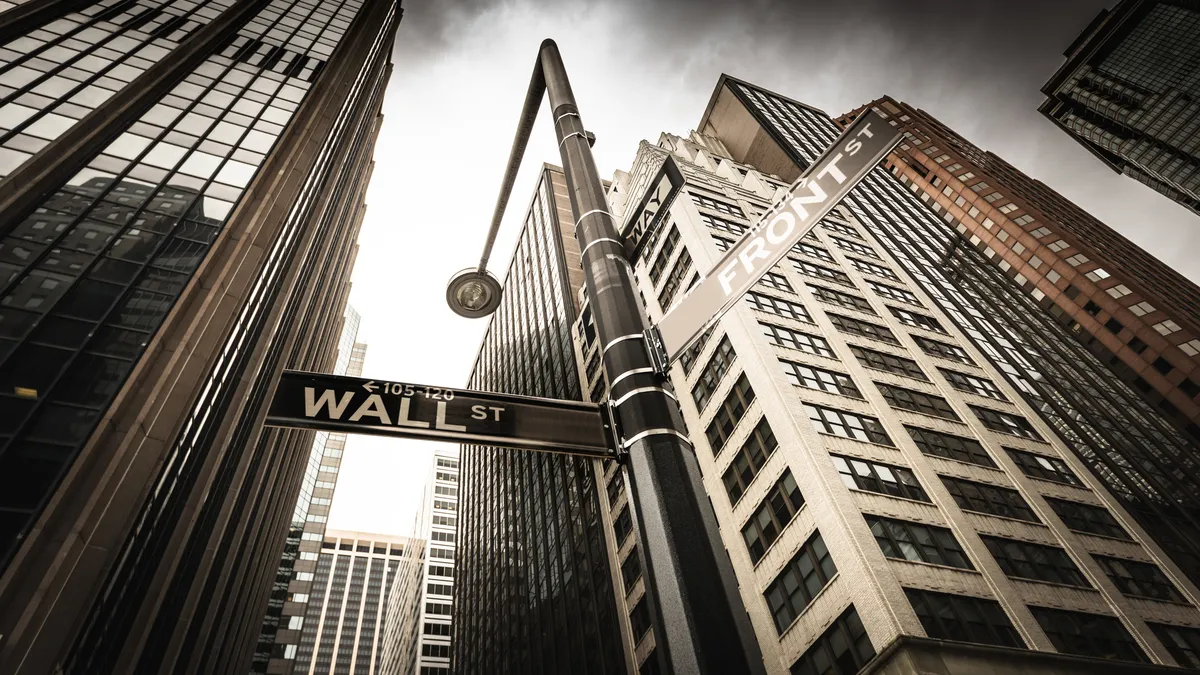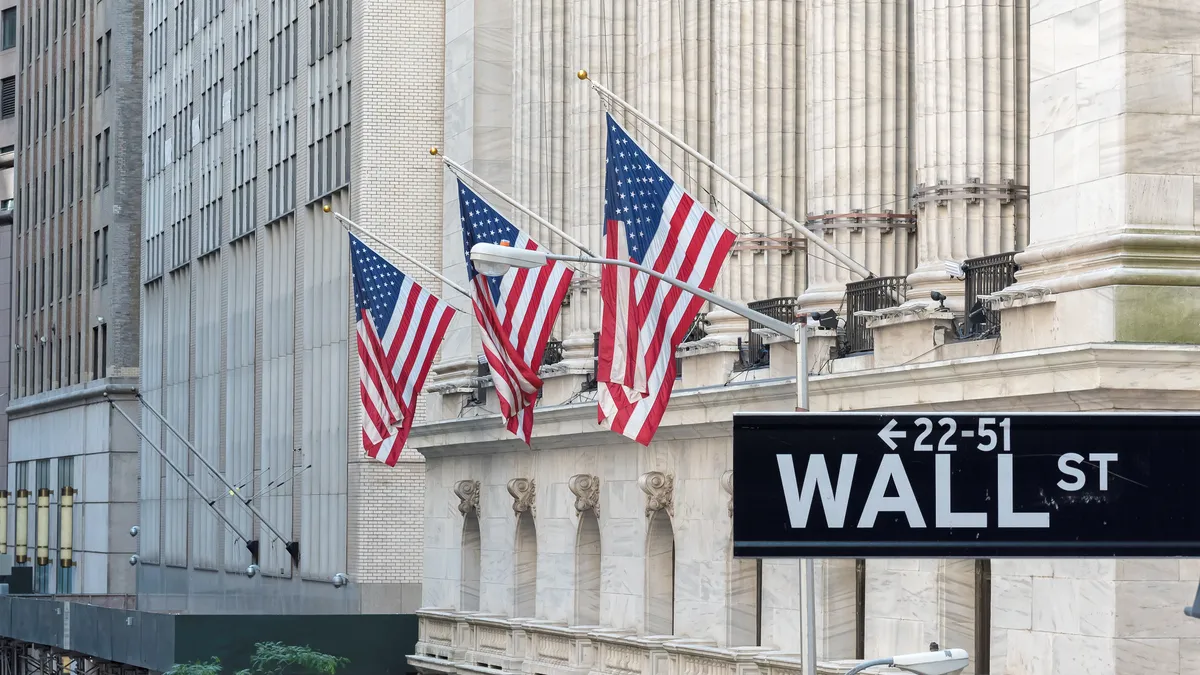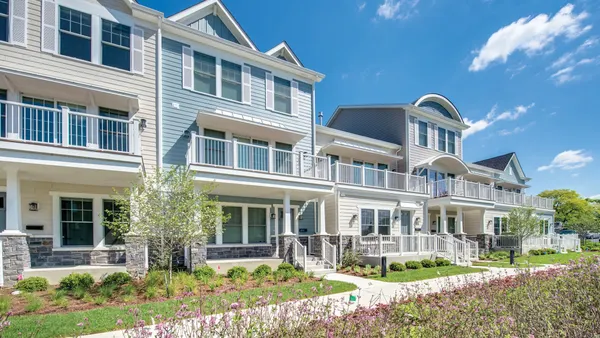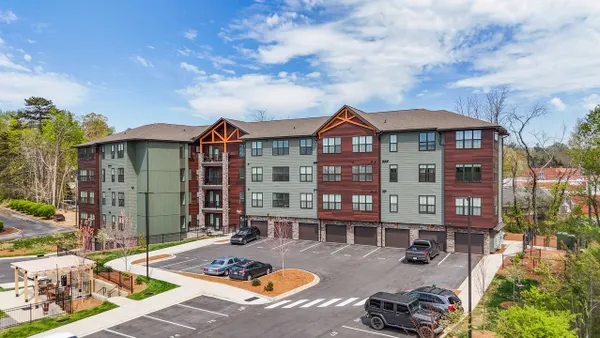Like many of its competitors with a foothold on the coasts and in the Sun Belt, Denver-based UDR's second quarter was a tale of two markets.
The REIT’s coastal markets are outperforming, while its Sun Belt metros are facing heightened competition from new supply.
“However, in July the Sun Belt is weaker than expected given the premature leasing peak in June, while supply continues to deliver,” wrote Alexander Goldfarb, managing director and senior research analyst for investment bank and financial services company Piper Sandler, in a report.
Still, UDR increased its same-store revenue guidance by 50 basis points at the midpoint to 2.0% and NOI by 75 basis points at the midpoint to 0.75%. It also lowered same-store expenses by 25 basis points at the midpoint to 5.0%.
“We feel good about the year-to-date results and the opportunities ahead of us in the second half of the year,” CEO Tom Toomey said on the company’s earnings call last week. “However, we remain cognizant of the slowing growth rate in the recent employment data and the effect that may have on pricing in the face of still elevated new supply through the rest of 2024.”
Here are three other highlights from UDR’s second-quarter release and earnings call last week:
New lease volatility
More than 250,000 newly delivered apartment homes were absorbed nationally during the first half of the year, a nearly two-decade record, according to Toomey.
Although the absorption of those units is a positive story for the industry, new lease rents have been affected. But, in Q2, UDR saw improvement on that front.
“New lease rate growth improved by 300 basis points versus the first quarter as concessions stabilized and demand increased, which resulted in improved pricing power,” UDR Senior Vice President of Operations Mike Lacy said on the call.
However, that momentum appeared to stall in July as new lease rents turned negative. The high-supply markets have been most affected.
“In terms of new lease growth, we're still seeing -5% and -6% down in the Sun Belt,” Lacy said.
But new lease rents are slowing in other regions as well. From May to July, UDR saw a slight deceleration on the East Coast that was more specific to areas like Baltimore, Lacy said.
“New York and [Washington,] D.C., were humming right around 5% to 6% growth,” Lacy said. “So they’ve come down a little bit. For the most part, it's been across-the-board [declines] in terms of new lease growth.”
Renewal rents rise
Despite tepid growth on the new lease side, UDR still posted 2.4% blended rent, which was driven by a 4% increase in renewals. “New lease rate growth improved by 300 basis points versus the first quarter as concessions stabilized and demand increased, which resulted in improved pricing power,” Lacy said on the call.
UDR’s 47% annualized turnover was a 300 basis point year-over-year improvement and its best Q2 retention in more than a decade. “This has enabled us to increase renewal rate pricing through at least August and has led to more favorable blended lease rate growth,” Lacy said.
The REIT’s occupancy, at 96.8%, is supported by healthy traffic and leasing volume, according to Lacy. “New York; Boston; Washington, D.C.; and Seattle, which collectively constitute 40% of our same-store pool, were standouts, averaging higher than 97% occupancy during the quarter,” he said.
BY THE NUMBERS
| Category | Q2 | YOY Change |
| Rental income | $388.1 million | 2.5% |
| Net operating income | $268.5 million | 2.0% |
| Operating expenses | $119.7 million | 3.7% |
| FFO per diluted share | $0.60 | -5% |
| Rent per unit | $2,543 | 2.3% |
| Occupancy rate | 96.8% | 0.2% |
SOURCE: UDR
Lacy credits UDR’s customer experience project with many of its occupancy gains. While not elaborating on the details of the initiative, he said it improved retention by approximately 210 basis points over the past year relative to the other apartment REITs. The company has had 900 fewer move-outs through July compared to last year, and it hopes the improved retention will drive further renewal rent increases.
“When we compared ourselves against the peer group in turnover, we were lagging the group, and that's what led us to really dive into the customer experience project to try to change that trajectory,” Lacy said. “And we believe that we are on to something.”
Evaluating new development
UDR completed the development of 101 N. Meridian, a $134 million, 330-unit property in Tampa, Florida, in Q2. At the end of the second quarter, the company had no active developments, but it is currently evaluating four new projects, though there are some still underwriting challenges, according to Fisher.
“From a development yield perspective, I think the absolute yields that we're seeing available in the marketplace today are actually quite compelling relative to history,” Fisher said.
UDR also funded $25.9 million and is under contract to fund an additional $9.1 million at a 10.75% rate of return as part of a preferred equity investment in four stabilized communities in Portland, Oregon.
“Each of the four communities has achieved stabilized occupancy and is generating positive cash flow,” Fisher said. “Therefore, the risk profile is lower than a typical new development DCP (developer capital program) project, and positive cash flows allow for approximately two-thirds of our contractual return to be paid in cash.”
The REIT also received a $17.2 million partial paydown of its preferred equity DCP investment in Vernon Boulevard, a 534-unit property in Queens, New York. “In conjunction with the paydown, we agreed to lower our rate of return from 13% to 11% to reflect the reduced risk in our investment due to the development being completed and a more secure positioning in the capital structure,” Fisher said.
Click here to sign up to receive multifamily and apartment news like this article in your inbox every weekday.


